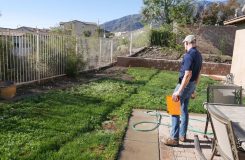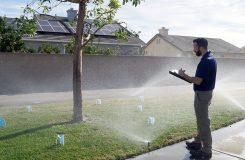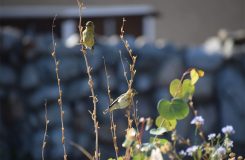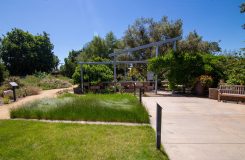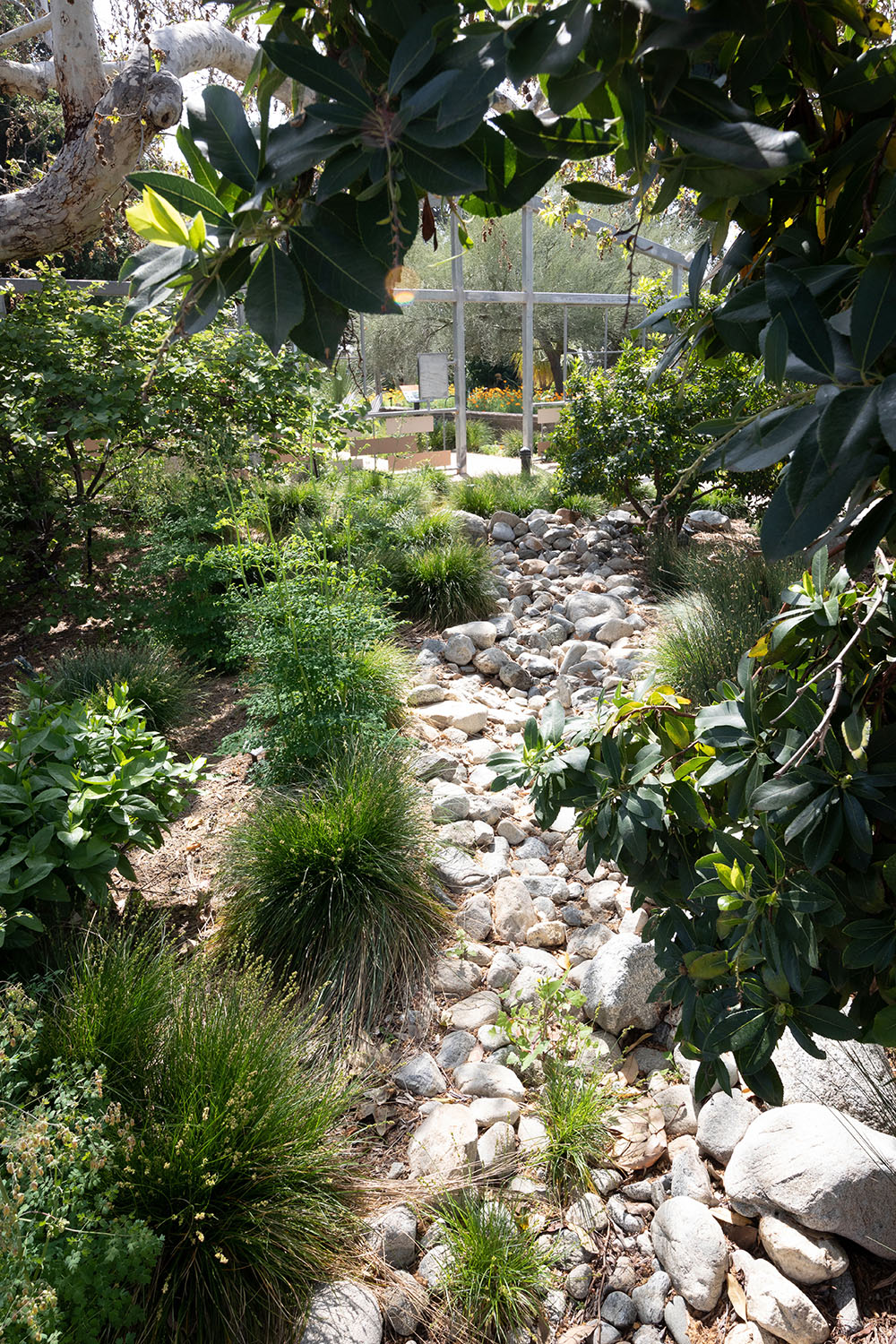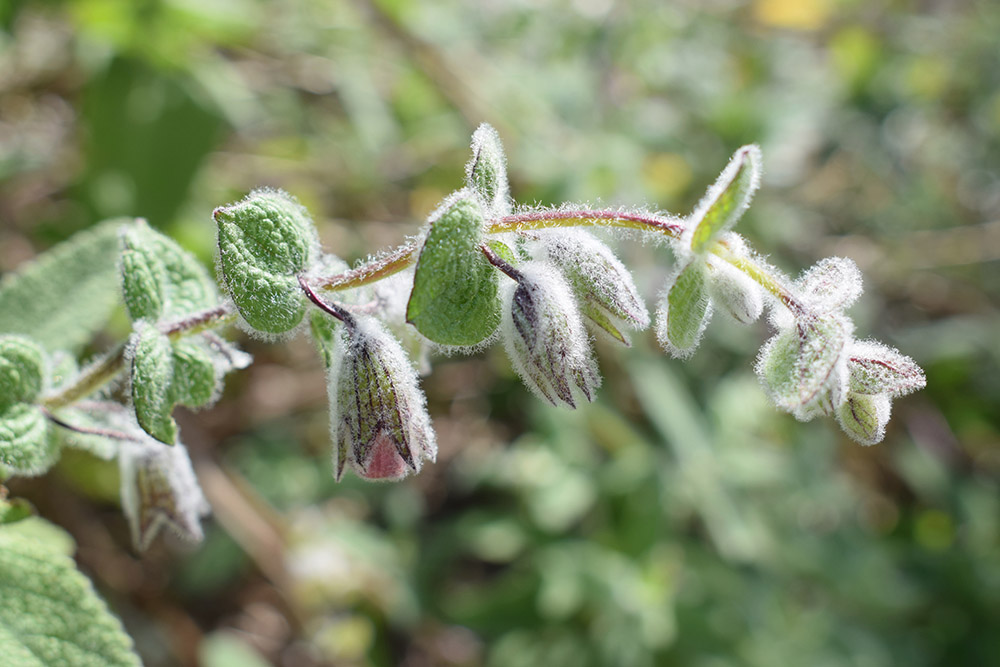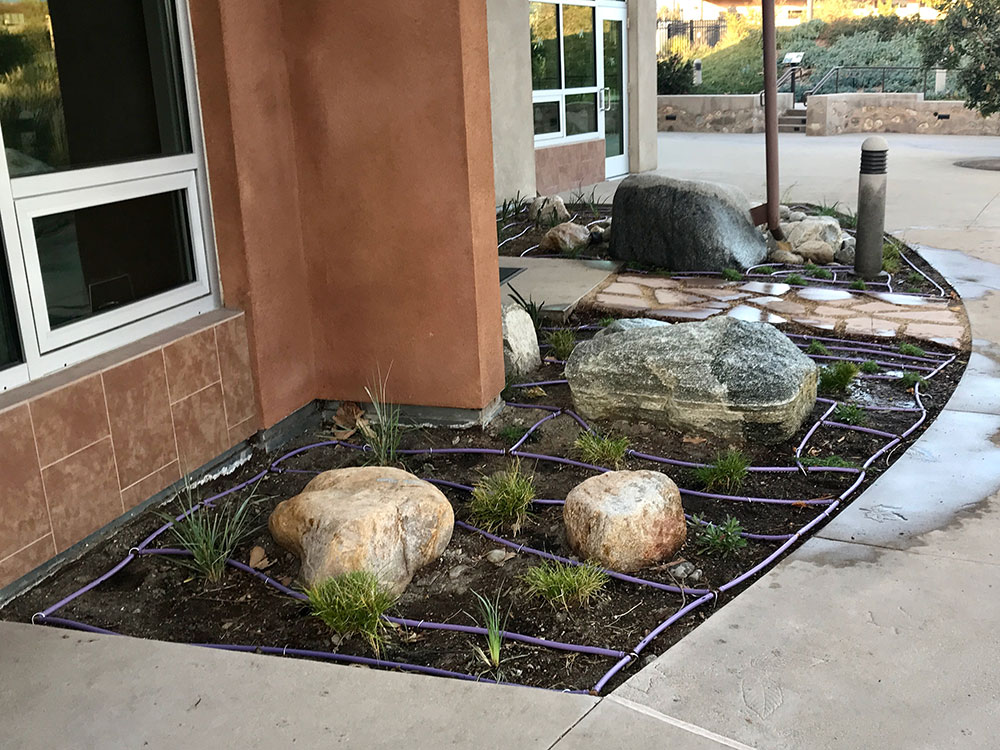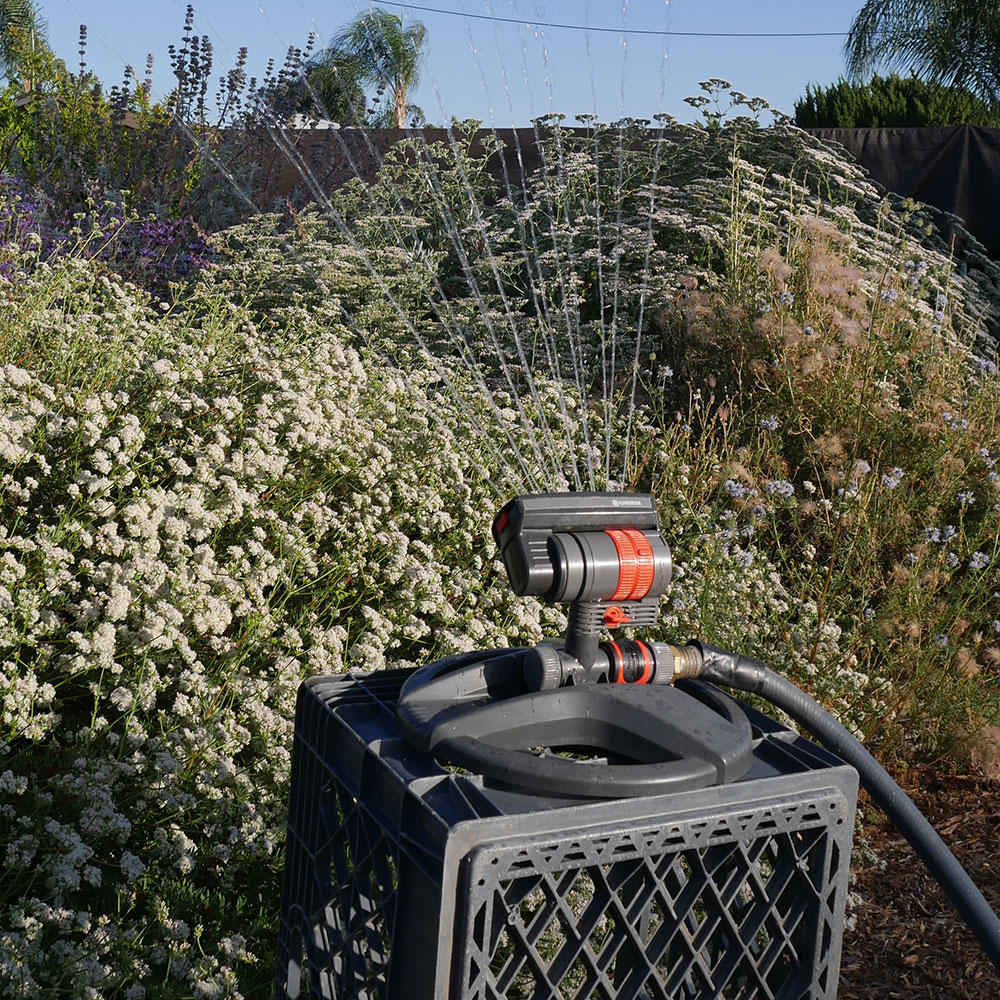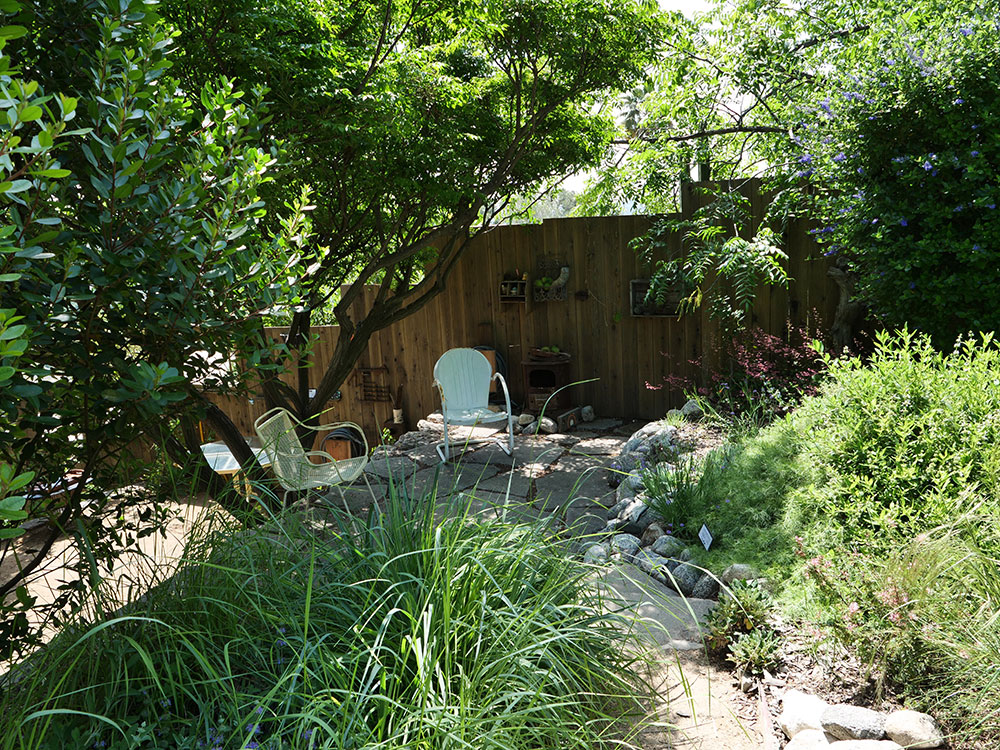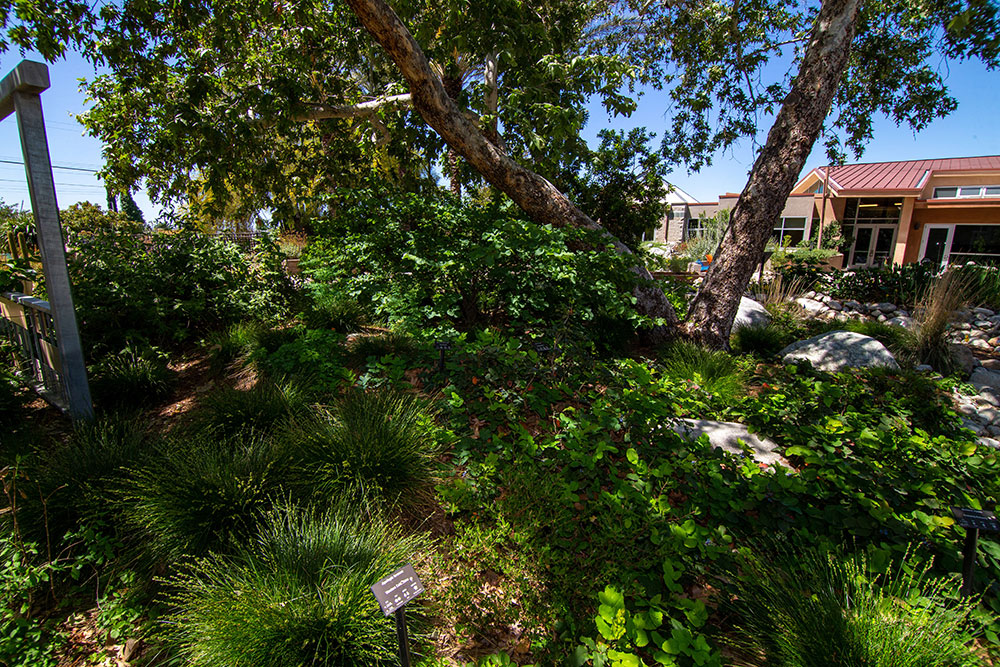Landscape Design
Designing your own waterwise or California native planting or garden can be as simple or as nuanced as you want to make it. There is no “one way” to “do it right.” It’s all about what works best for you. Gardening can be an outlet to express creativity, but you absolutely do not need to be an “artistic type.” We are here to help you create your own vision and make it happen.
By following a basic set of principles and using our tips, you can easily design your new landscape successfully. If you want to dig deeper into much more involved content, check out our additional YouTube video links below. However, if you’d rather keep it simple, know that all of those extra details are optional.
A note about the words “garden” and “landscape”: Both terms can be used in many ways, and there is no single correct definition. For residential properties, we tend to use both words interchangeably to refer to any outside space that has a plant component. We tend to use the word “garden” more often because we like its connotation of an intentionally designed space set up to meet your vision.
For more information and inspiration about each of these aspects, be sure to check out our “DIY Waterwise and California Native Garden Design” YouTube playlist.
Top tips for designing a visually pleasing and maintainable garden that will be a pleasure to be in:
-
Start with your goals
Begin by creating a list of your priorities for the project. This can run from the very practical to the creative. Do you want a space to put an outdoor dining table for six? A place to grill? Flowers that bloom year-round? Increased privacy? Whatever it may be, write it down and keep it nearby as you work out your plans so you can be sure not to forget any of your priorities. -
Decide the sizes, locations, and connections to your “people spaces” first
Rather than looking at a large space and thinking about what to plant, it’s often easier to determine the best locations for any outdoor features like patios, seating areas, cooking areas, or fire pits and then determine the walking spaces that will connect them, the house, the side gate, etc. By the time that is determined, the planted spaces become a series of smaller separated areas that are easier to plan. -
Plan to provide those spaces with shade
Once you plan your “people spaces,” anchor your planting plans with trees and large shrubs that will eventually cast shade over these areas in the hot time of year. Prioritize planting trees or larger plants on the west side of these spaces so the hot afternoon sun is blocked in the summer, making the spaces more pleasant to be in earlier in the afternoon and evening. After this, planning for shrubs and smaller plants becomes a bit easier. -
Keep the plant list simple
We often find that people tend to select too many different plants and too few of each one. Doing so can quickly lead to many, many plants to learn about and care for, and a visually chaotic yard. Instead, research and then carefully select a limited plant palette, relying on somewhere between 10 and 20 different species total for a front or back yard. To help you get started, we created example plant lists and designs for eight popular landscape styles on our Waterwise Garden Planner website (waterwisegardenplanner.org). If you’re a first-time gardener,start with a simpler plant palette, then add more diversity over time once you are successful and confident with your new landscape. -
Repeat some plant choices across the space for a designed look
Perhaps the most important tip for achieving the look of a professionally designed landscape is to repeat key plants to create a sense of visual unity. Depending on the size of the area, individual specimens of trees and accent shrubs can be used, but be sure to choose at least some shrubs and smaller perennial plants to repeat. Repeated plants can be placed individually or in clusters for a larger visual impact, depending on your aesthetic preference. -
Space plants for their mature size, but don’t leave too much space in between
While it is important to leave enough space for comfortable walkways and access to occasionally prune plants, large open areas in the landscape are generally prone to weed growth. Conversely, spacing plants too close together will lead to competition for space and light, potentially leading to plant-health issues and poor aesthetics. When planning where to plant, look up the mature size for each species, and use a measuring tape to ensure that the plant will be able to grow to its full predicted size while just lightly overlapping with the growth of the adjacent plants. For areas planned to be hedges or visual barriers, a denser spacing might be selected, with plans to prune as necessary. -
Visually, plant-leaf texture and color are more important than flower color
Flowers come and go, but the “texture” of a plant—the overall effect created by the leaf size, shape, and density, (e.g., broad-leaved, fern-like, small-leaved, grassy, fuzzy), and the color of the leaves can provide visual interest year-round. Planning for adjacent plants to have color or texture contrast is a simple way to create a bold and beautiful planting. For example, the small deep-green leaves of California buckwheat contrast beautifully with the broader almost-white leaves of white sage and the slender silvery leaves of California sagebrush. This local-classic plant combination will also make any sunny area smell amazing and provide for butterflies and songbirds! -
Plan for blooms throughout the year
Rather than being overly concerned with the color of each plant’s blooms (which is fine to do if you are motivated), we recommend that you concentrate more on having plants that bloom through as much of the year as possible. In Southern California you can truly have a yard that blooms year-round. While most gardens have at least some spring blooms, you can use our Waterwise Garden Planner design templates and plant profiles to plan a garden that also blooms into the fall and winter. In addition to the beauty this will provide you, it will also help provide for butterflies, hummingbirds, and pollinators as much of the year as possible, keeping them both healthy and in your garden longer! -
Layer plant heights to complement your most important views
While your garden can look beautiful from every angle, one design tip is to determine one or more of your most important views and be sure to consider that perspective in your planting plan. For example, is the view of your front yard most important to you from the sidewalk, out of one specific window, or from the front door? Choose one or more of those perspectives, and design to have some smaller plants in the foreground, mid-sized shrubs in the middle, and at least one or more taller plants toward the back. This creates a sense of depth to the space and can actually help make a smaller space feel larger. -
Group plants with compatible water needs
One of the most important aspects of setting your plants up for long-term health is locating them with others that thrive on the same watering frequency. If you group plants with differing water needs together, some plants will always be either over- or underwatered, which is bad for plant health and appearance. Learn more about plant watering needs on our Watering Guidelines (link to cbwcd.org page) page as well as our Waterwise Garden Planner website. -
Keep a record of what you planted and plan for care
Most waterwise or California native plants are simple to care for and get pruned only once a year (some less) as long as they are sited correctly and given the space they need. However, it’s important to know what time of year pruning should take place (for many in the fall, but for some in the spring or winter), and how to prune (just a bit, or a medium or hard cutback). Knowing this information has a huge impact on how good the plants look and how long they live.
Whether you’re doing your own garden care, or you hire a landscaper to do it, be sure to record what you planted, save pictures of what those plants look like, diagram where you planted each, and create a maintenance document listing for which plants should be tended to in which season. The landscape industry is just beginning to catch up with how to care for this “newer” waterwise plant palette, so most landscapers or gardeners will need to be communicated with regarding what should be done to care for which plants and when. Without this communication, despite the best of intentions, plants may end up cut back at random times and by random amounts, resulting in less attractive and less healthy plants, and potentially far fewer blooms.
Set yourself or your landscaper up for success by using the information on our Waterwise Garden Planner website to create a seasonal care plan for your own planting.
We also teach free garden design–related workshops at the Waterwise Community Center throughout the year. Check out our upcoming schedule and join us.


